“Gentleman, reach across to the lady opposite you with your right hand and take the lady’s left hand in yours. Ladies, go under the gentleman’s arm as you both make a quarter turn.”
These are the instructions for making a quarter turn in our circle waltz dance – Spanish Waltz. The words may be confusing at first, but once you see it done, it is easy. Communicating knowledge to you with my words AND actions gives you a lot more information.
In-person, vocal communication has a physical dimension. I always talk with my hands –sometimes so vigorously that I have elbowed one of my children standing behind me in the face. But even if you don’t wave your arms around and around like I do, there is still movement in your shoulders, head and face that is communicating to your listener, perhaps even more than your voice.
In the 1960’s William Condon, analyzed social micro rhythms by video taping conversation between small groups of people and then slowing the videos down to watch the mirco-moments. He found that each speaker in the video would move a shoulder, cheek, eyebrow or hand in perfect time with their own words so that each person was basically dancing to their own speech. And that is not all. All of the listeners were making similar movements as well, and they were in perfect harmony with those of the speaker. Other studies have shown that it’s just not the movements that get synchronized, but it is the volume and pitch of the voices as well.
I just finished a book this week by Malcolm Gladwell called The Tipping Point. It is a fascinating book about how social epidemics – both good and bad – get started. The author talks about the importance of persuasive communicators and how they get their message across. Glad tells of meeting with a very persuasive salesman, Tom Gau. He says, “We know how people talk back and forth. They listen. They interrupt. They move their hands. In the case of my meeting with Tom Gau…some of the time he leaned forward and planted his elbows in front of him. Other times he sat back in his chair and waved his hands in the air… If you had a videotape (of our meeting) and slowed it down until you were looking at our interaction in slices of a fraction of a second, you would have seen … the two of us engaged in what can only be described as an elaborate and precise dance.”
Have you ever thought about your conversations as being a dance? Are some people better conversationalists (and better dancers) than others? Does dancing help you become a better communicator? A more persuasive speech maker? Like most skills, the more you practice, the better you get. So get out there and dance, and you may find that you receive the extra benefit of becoming a better communicator as well.
Maybe you didn’t realize it, but you and everyone around you are dancing all the time!
Victorian Era Dance Calling, Music, Living History, Special Events, Education and Life
Up-a-do Unlimited Music Patterns
You can play music by just matching colors and letters! It is easy! Find out how at www.UpadoUnlimited.com
Tutoring Services and More!
In addition to dance, there is English, math, science, history and more. And sometimes, you need a little help. For information, go to Up and Over Educational Services.
Host an Event
Dancing at a HIstory Ball


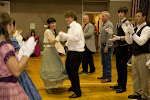

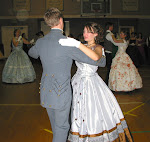
Dancing at a Living History Event



Dancing in Edna Valley

The Newby Family

History Ball
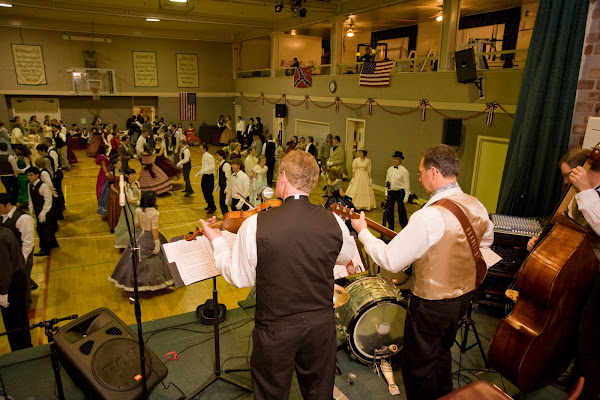
Liberty Hill Players: Kelly Powers, Terry Newby and Kirk MacLane
Dancing The Virginia Reel
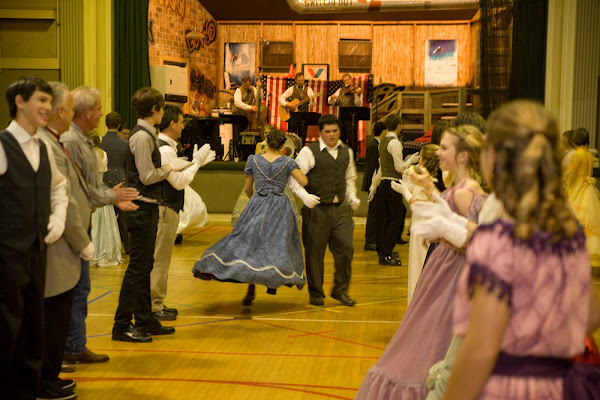
Civil War Ball photos by Dennis Swanson at www.studio101west.com
Fresno Reenactment

Playing period music in camp
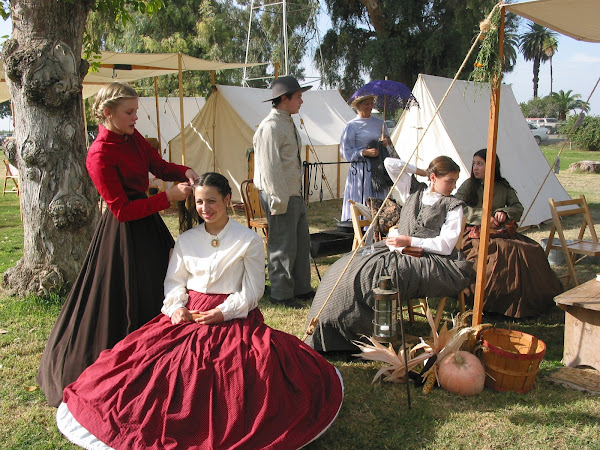
Preparing for the day
Youtube videos of past History Balls
Profile
The first time Debra Newby can remember participating in a group dance was when she learned to square dance during PE in 5th grade… and she was hooked. She continued to dance through Jr. High, college and beyond. During her college years, she worked as a Park and Recreation Leader and taught square dancing to elementary school-aged students. After receiving her degree in zoology and chemistry, she earned her teacher's credential and began teaching science in public high schools. She gave that up to stay home with her three young children and went on to direct choreography and drama for local children’s choirs. She currently enjoys Civil War Reenacting with her family and teaching and calling Victorian Era social group dances for school groups, casual events and Grand Balls.
No comments:
Post a Comment